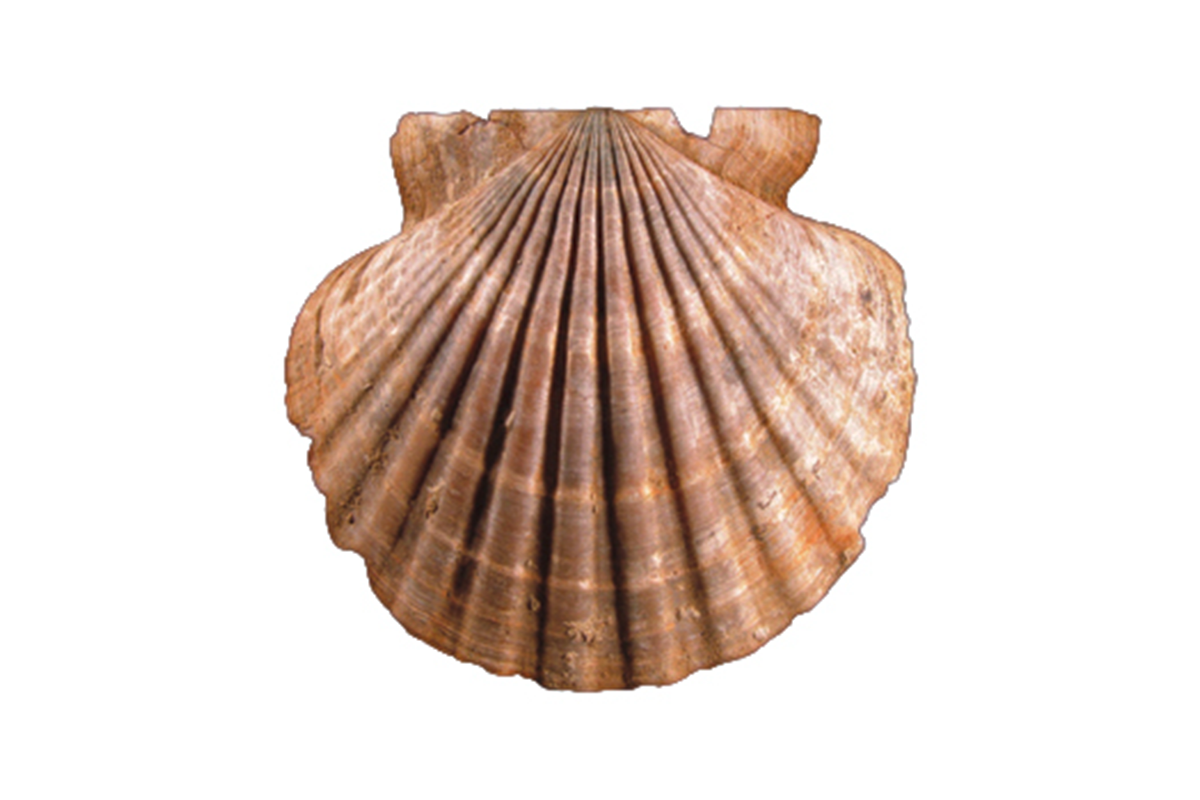The physiological properties of species are the link between environmental change and biotic response. We investigate the idea that differences in physiological conditions among clades result in contrasting evolutionary histories. We use the two epifaunal suspension-feeding bivalve clades Pectinoidea (scallops) and Ostreoidea (oysters). Experiments with living species show that pectinids are more active and have higher metabolic rates and energy demands than oysters which exhibit greater physiological plasticity. Using occurrence data from the Paleobiology Database and after intensive taxonomic vetting of the dataset we test whether these two clades differ systematically in their species longevities and extinction rates. We also test the expectation that any differences in extinction intensity between pectinids and oysters are more pronounced across mass extinction events than during background times. First results show that indeed species and genera of oysters are, on average, longer-lived than those of pectinids.
Partners
- Wolfgang Kiessling, University of Erlangen-Nürnberg
- Hans-Otto Pörtner, Alfred-Wegener-Institut Bremerhaven
